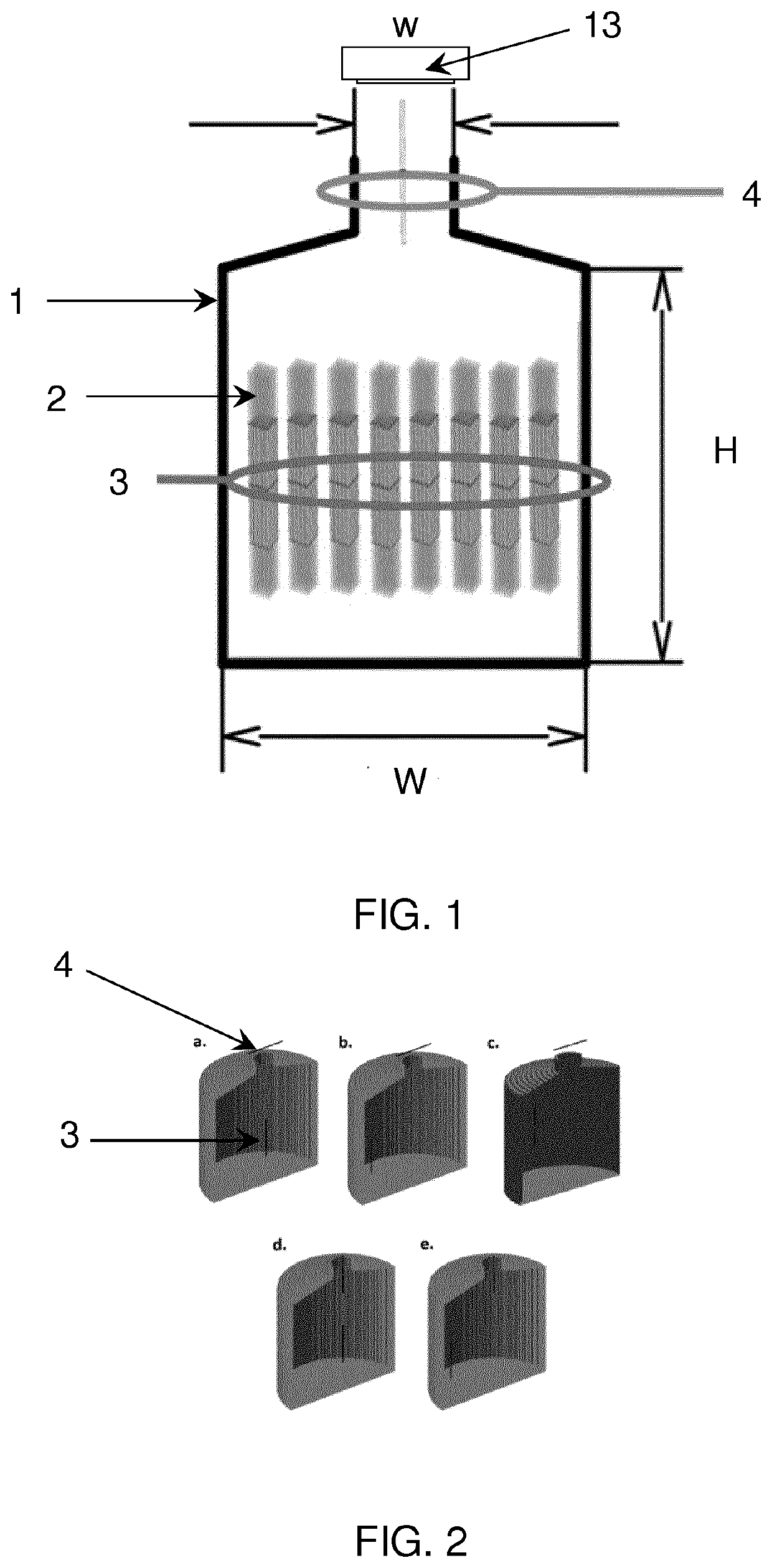Management of large number of RFID tags in cryogenic container
a technology of rfid tags and cryogenic containers, which is applied in the direction of instruments, dead animal preservation, electromagnetic radiation sensing, etc., can solve the problems of dna material and sperm samples preserving organic materials that require very low storage temperatures, and the concept of cryopreservation has not been fully explored
- Summary
- Abstract
- Description
- Claims
- Application Information
AI Technical Summary
Benefits of technology
Problems solved by technology
Method used
Image
Examples
Embodiment Construction
[0022]The present disclosure relates to a radio-frequency identification system for a cryogenic container comprising:[0023]a large number of radio-frequency identification tags for cryogenic straws, preferably at least 100 radio-frequency identification tags, each radio-frequency identification tag attachable to or embeddable in a cryogenic straw;[0024]an interrogation unit adapted to be placed or integrated inside the cryogenic container;
wherein the interrogation unit and radio-frequency identification tags are configured to operate with a frequency of at least 30 MHz. The radio-frequency identification system for a cryogenic container may comprise a processing unit configured to perform a method of identifying radio-frequency identification tags in the cryogenic container. The method may comprise the step of configuring a radio-frequency identification interrogation unit to transmit radio-frequency interrogation signals in the cryogenic container in the range of between 30 MHz and...
PUM
 Login to View More
Login to View More Abstract
Description
Claims
Application Information
 Login to View More
Login to View More - R&D
- Intellectual Property
- Life Sciences
- Materials
- Tech Scout
- Unparalleled Data Quality
- Higher Quality Content
- 60% Fewer Hallucinations
Browse by: Latest US Patents, China's latest patents, Technical Efficacy Thesaurus, Application Domain, Technology Topic, Popular Technical Reports.
© 2025 PatSnap. All rights reserved.Legal|Privacy policy|Modern Slavery Act Transparency Statement|Sitemap|About US| Contact US: help@patsnap.com



